The diaphragm check valve has undergone rapid development in recent years. While the diaphragm material restricts the operating temperature and pressure, these valves offer excellent water hammer prevention, simple design, low cost, and minimal noise, making them ideal for low-pressure and low-temperature applications. Diaphragm check valves come in various configurations.
As shown in Figure 1, the flat diaphragm check valve features an annular elastic diaphragm as the valve disc and a perforated steel plate as the valve seat. The key advantages include the lack of moving mechanical parts, silent operation, and suitability for systems with fluctuating flow conditions. Compared to conventional swing check valves, it offers a substantial reduction in water hammer pressure.
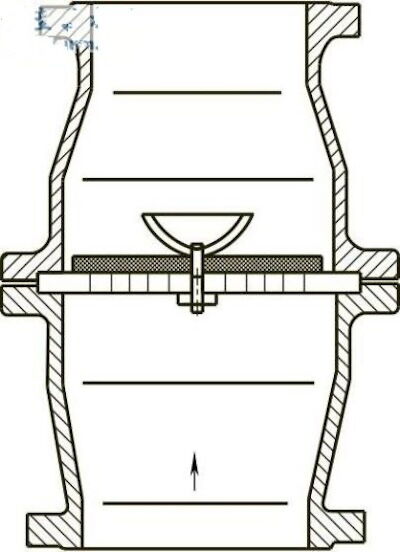
Figure 1: Disc Check Valve
When the fluid flows in the forward direction, the elastic diaphragm deflects and separates from the orifice plate, opening the valve. When the fluid reverses, the elastic diaphragm moves and seals the orifice. This valve is typically recommended for use with clean fluids only. The valve body is made of cast iron, optionally coated with polytetrafluoroethylene (PTFE). The perforated steel plate can be coated with Rilsan™ or polytetrafluoroethylene (PTFE). The material of the elastic diaphragm should be selected based on its compatibility with the working medium, as this determines the valve's maximum operating temperature.
The rubber sewage check valve shown in Figure 2 is commonly known as the "duckbill valve." In Spain, it is referred to as the "duckbill flexible check valve," while in the United States, it is known as the "duckbill rubber check valve." Rubber sewage check valves are available with either flanged or clamped connections.
The duckbill valve is widely used in urban drainage systems, flood control systems, and sewage interception pipelines. It features an integrated design made entirely of rubber, reinforced with a nylon cord layer, and has no moving mechanical parts. The valve offers reliable opening and closing performance, functioning solely based on internal pipeline pressure and external back pressure. No external components, manual effort, or electricity are needed. The valve is fully resistant to sewage corrosion, ensuring zero leakage and excellent sealing when closed.
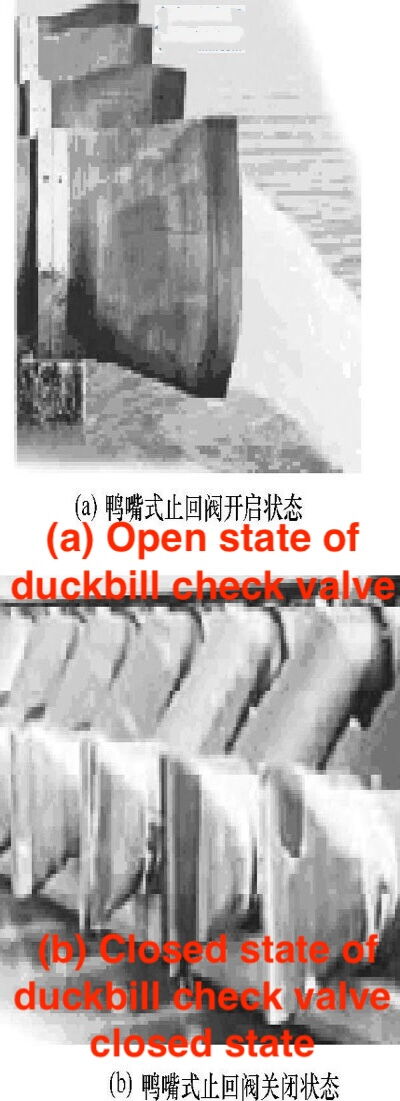
Figure 2: Duckbill Check Valve
The rubber sewage check valve (duckbill valve) is widely used for flood control, wastewater management, and sewage discharge in coastal cities and marine infrastructure. It serves as an alternative to traditional flap check valves. Rubber sewage check valves up to DN800 typically use clamp or flange connections, while flange connections are preferred for sizes greater than DN800.
The rubber duckbill valve is constructed from high-quality rubber, with a fully rubberized structure reinforced with fiber. It incorporates various design features and rubber compounds optimized through force analysis and calculations for different operating conditions. Manufactured using specialized processes, the valve body is highly flexible, optimizing pressure resistance while minimizing flow resistance, ensuring an optimal balance between discharge capacity and pressure performance.
The duckbill check valve creates a seal through its molded membrane. One end is connected to the pipeline, while the other is shaped into a "duckbill" to function as an opening and closing orifice. When internal pressure sufficiently increases to expand the flattened end, the "duckbill" opens, allowing flow. If the pressure drops below the preset threshold, the valve automatically closes and seals.
The valve ensures a reliable seal and is suitable for demanding conditions, including those involving solid or particulate-laden media. When fully open, the valve provides minimal flow resistance, allowing large solid particles to pass through. The design geometry of the valve makes the length of the flattened end a critical factor. The "duckbill" membrane can be made from various materials, such as natural rubber, chlorobutyl rubber, chloroprene rubber, sodium butyl rubber, polyurethane, chlorosulfonated polyethylene rubber, fluororubber, and EPDM rubber. When used as a tidal check valve, the duckbill valve is available in sizes from DN3 (NPS 1 1/8) to DN3000 (NPS 1120).
As shown in Figure 3, the check valve incorporates a pleated annular rubber diaphragm as its closing mechanism. When the valve closes, the lip of the diaphragm within the pleats seals the central flow path. As flow moves downstream, the pleated diaphragm expands, and the lip retracts from the valve seat.
The diaphragm's elastic tension when the valve is open, combined with the short stroke of the lip from full opening to closure, results in an exceptionally fast closing speed. This valve is particularly suitable for applications with significant flow fluctuations. However, the pressure differential should not exceed 10 bar (145 lbf/in²), and the maximum operating temperature is approximately 74°C (158°F).
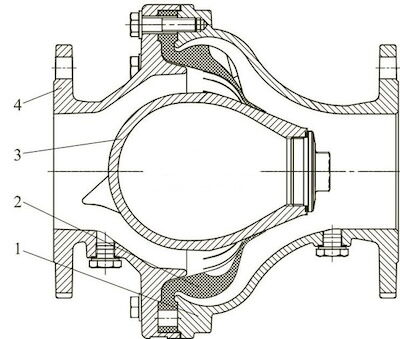
Figure 3: Pleated Annular Rubber Diaphragm Check Valve
1. Right valve body 2. Pleated annular rubber diaphragm 3. Valve disc 4. Left valve body
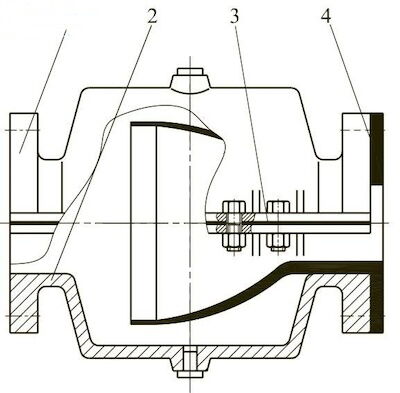
Figure 4: Elastic Sleeve Diaphragm Check Valve
1. Upper valve body 2. Lower valve body 3. Gasket 4. Rubber sleeve
Figure 4 illustrates the closure mechanism of the elastic sleeve diaphragm check valve, featuring a flexible sleeve with a flattened end. When the medium flows forward, the flattened end of the sleeve opens; when the flow reverses, it automatically seals the valve.
The sleeve is made of various elastomers and externally reinforced with nylon fibers, similar to those used in the construction of automotive tires. The inner surface of the sleeve is softer, enabling it to accommodate solid particles. As a result, the valve is well-suited for applications involving solid-laden media or slurry.
The elastic sleeve diaphragm check valve is engineered for use with abrasive slurries, sewage, mud, and other challenging media. The valve's core consists of a fiber-reinforced synthetic rubber check sleeve that minimizes flow resistance. The valve opens automatically under positive pressure and closes under reverse pressure.
The built-in rubber check sleeve reduces wear and erosion caused by the continuous flow of abrasive slurry. The check valve contains no mechanical components, such as a rocker, valve disc, or metal valve seat, which are susceptible to corrosion, operational failure, or jamming. The unique rubber check sleeve guarantees reliable sealing in applications involving particle-laden media. The valve operates silently and without vibration.
A built-in bracket enhances the back pressure capacity of the in-line diaphragm check valve. The bracket is made from welded carbon steel or stainless steel and supports the arched section of the rubber check sleeve.
- It is highly wear-resistant and provides complete backflow prevention.
- It ensures reliable sealing, even in granular media conditions.
- There are no mechanical linkages or moving valve seats, ensuring a maintenance-free design.
- It is suitable for installation in any orientation.
- It operates silently, without impact or vibration.
Figure 5 illustrates a lined weir diaphragm check valve, similar in structure to a standard weir diaphragm valve.
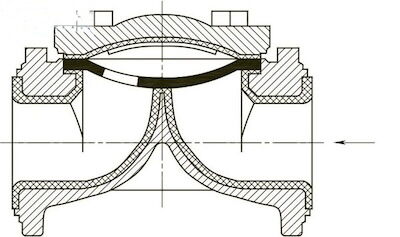
Figure 5: Weir diaphragm check valve with lining